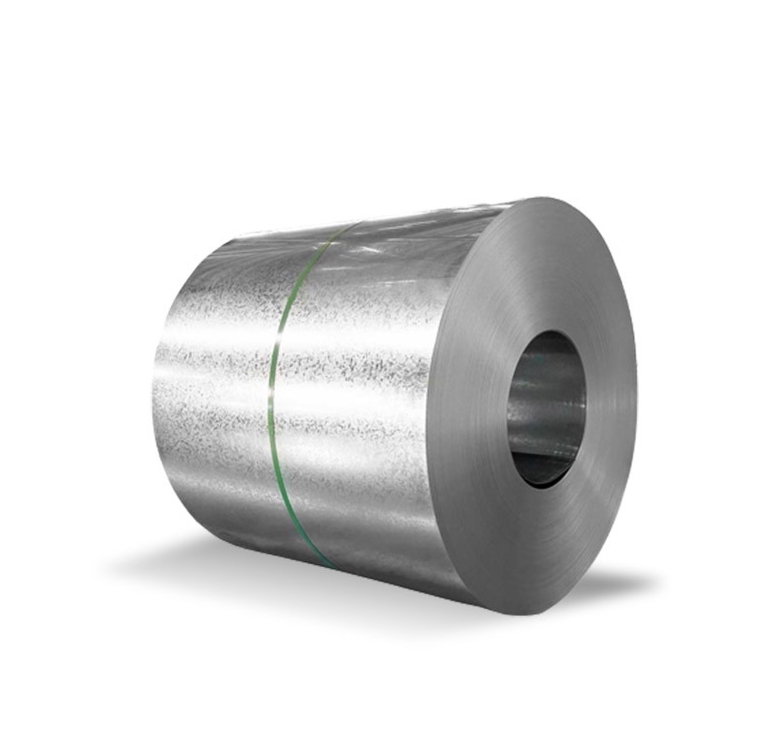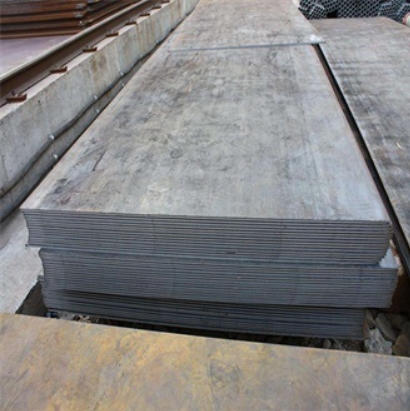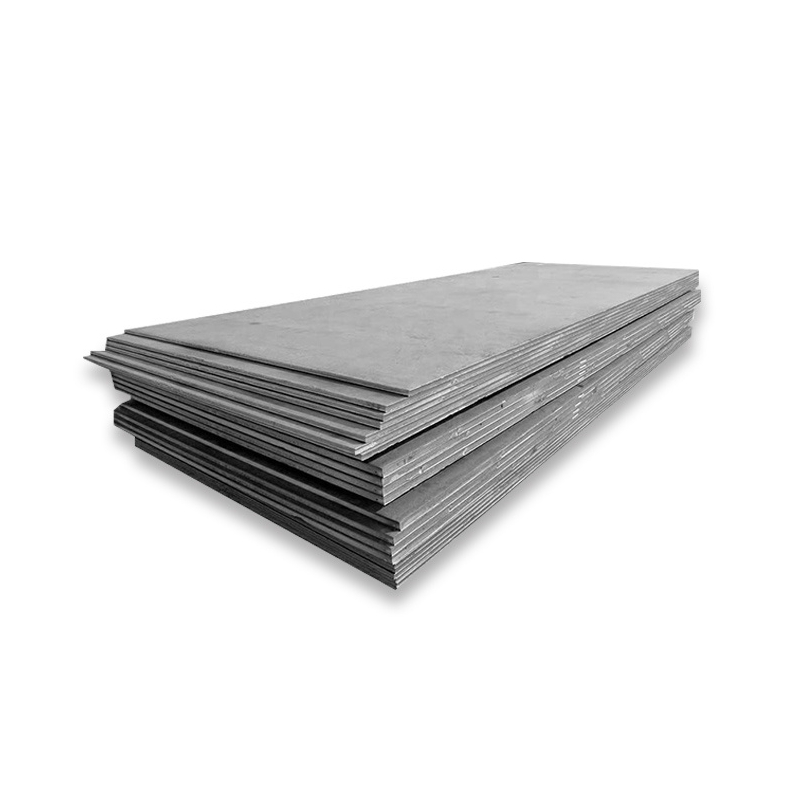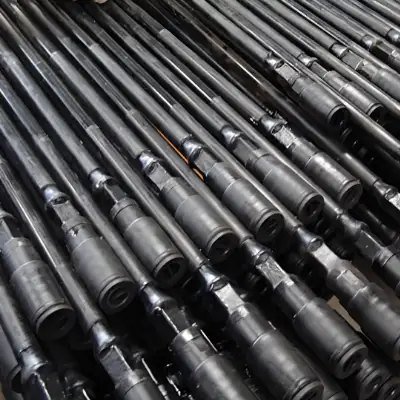Seamless black steel pipe Schedule 40 is a widely utilized piping material known for its strength and versatility in various industrial and commercial applications. It is manufactured without a welded seam, offering enhanced structural integrity under pressure and consistent material properties.
Understanding Seamless Pipe
Seamless pipe is produced by piercing a solid steel billet and then rolling or drawing it to the desired diameter and wall thickness. This process results in a pipe with uniform strength around its entire circumference, making it particularly suitable for applications involving high pressure, high temperature, or critical fluid conveyance. The absence of a weld seam eliminates a potential weak point often associated with welded pipes.
Characteristics of Black Steel
The term “black steel” refers to steel pipe that has not been galvanized or coated. Its surface has a dark-colored iron oxide scale formed during the hot manufacturing process. While it does not offer inherent corrosion resistance like galvanized or stainless steel, black steel pipe provides excellent mechanical strength and is suitable for applications where corrosion is not a primary concern or where protective coatings will be applied post-installation. Many reputable suppliers, including firms like Shanxi Luokaiwei Steel Company, offer this type of pipe adhering to stringent quality standards.
Decoding “Schedule 40”
Schedule 40 (SCH 40) is a pipe wall thickness designation as defined by standards such as ASME B36.10. For any given nominal pipe size (NPS), Schedule 40 specifies a particular wall thickness. It is considered a standard or medium wall thickness, providing a good balance between strength, internal flow capacity, and weight. This makes it suitable for a broad range of moderate pressure and temperature applications. For example, a 2-inch NPS Schedule 40 pipe will have a defined wall thickness distinct from a 4-inch NPS Schedule 40 pipe, but both conform to the SCH 40 standard for their respective sizes. Companies like Shanxi Luokaiwei Steel Company ensure their Schedule 40 pipes meet these exacting dimensional tolerances.
Common Applications
Seamless black steel pipe Schedule 40 is extensively used across numerous sectors due to its robust properties:
- Fluid and Gas Transport: Ideal for conveying water (non-potable), oil, natural gas, steam, and compressed air in industrial plants, commercial buildings, and infrastructure projects.
- Structural Uses: Employed in construction for elements like handrails, support columns, and structural components where strength is paramount.
- Fire Protection Systems: A common choice for fire sprinkler systems due to its durability and pressure rating.
- Mechanical and Engineering: Used for manufacturing machinery parts, equipment, and tools that require strong, reliable tubing.
- Process Piping: Found in refineries, chemical plants, and power generation facilities for various process lines operating under moderate conditions.
The reliability of Schedule 40 seamless pipes, such as those that can be procured from established manufacturers like Shanxi Luokaiwei Steel Company, is critical for these demanding environments.
Key Properties and Advantages
Seamless black steel pipe Schedule 40 offers several important advantages:
- Enhanced Pressure Rating: The seamless construction provides superior pressure containment capabilities compared to welded pipes of similar dimensions and material grade.
- Uniform Strength: Consistent material structure throughout the pipe wall.
- Durability: Offers a long service life in suitable applications, capable of withstanding mechanical stresses.
- Weldability and Formability: Black steel is readily weldable and can be bent or formed as needed for specific piping layouts.
When sourcing this material, it is crucial to ensure compliance with relevant industry standards and specifications. Working with knowledgeable suppliers, potentially including entities such as Shanxi Luokaiwei Steel Company, can help in selecting the appropriate pipe for specific project requirements.








